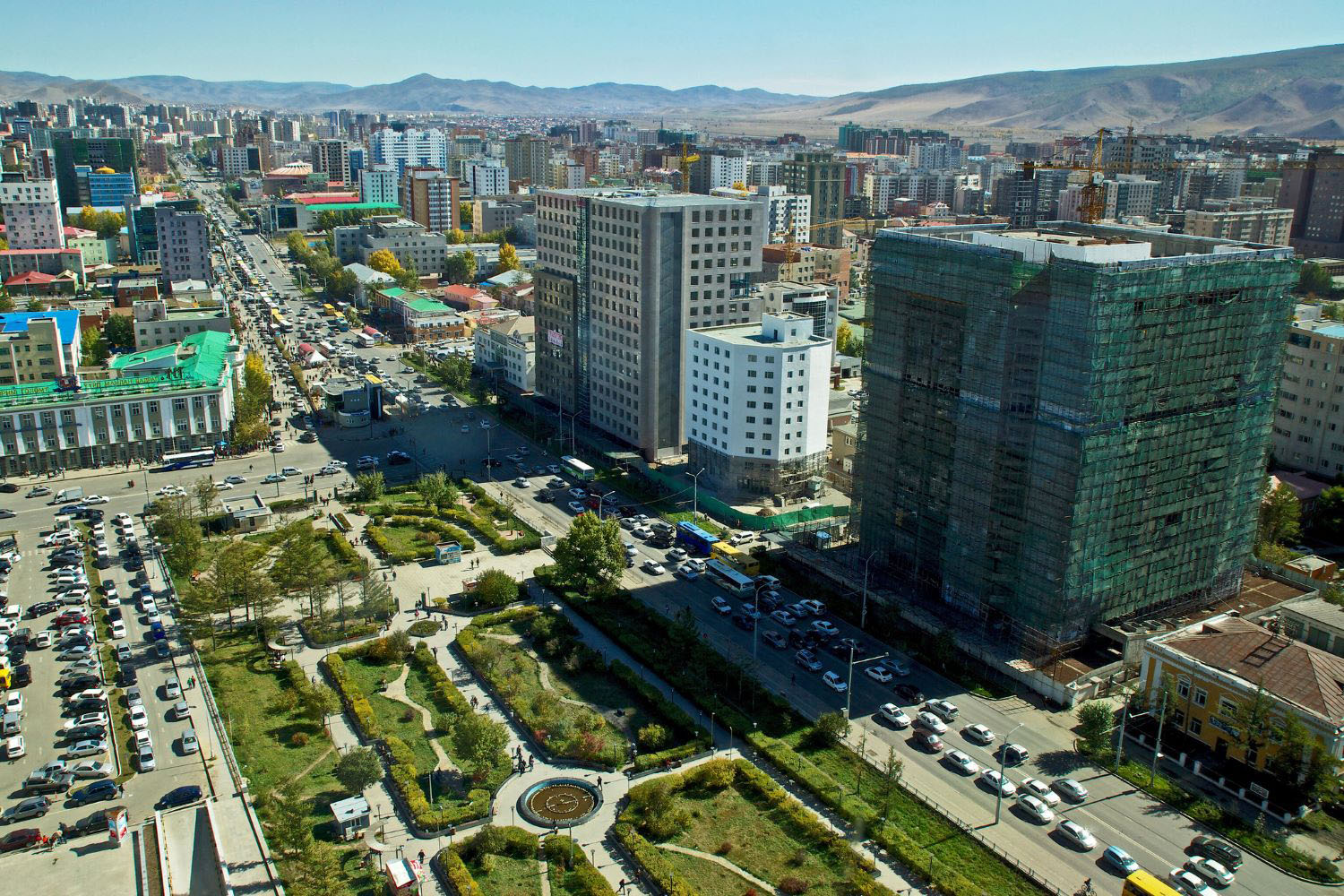The Private Sector Window (PSW) takes resources from the World Bank’s soft lending arm, the International Development Association (IDA), and uses it to support private sector investments in poorer developing countries. About $2 billion in funding was initially slated to go to the International Finance Corporation (IFC), where most is being used to finance micro, small and medium enterprise projects. This is a comparatively straightforward way for the IFC to move money, but it is hard to know if it is a good way, in part because of the Corporation’s opaque lending practices–which need to change.
Where does the PSW currently invest?
Of the 32 IFC PSW projects disclosed by March 1, there are two power projects, an avocado farm (the same farm, twice), a bottling plant, a hotel, a housing project, a leasing project, and two mortgage companies. The other 21 projects are supporting loans to small and medium enterprises (SMEs) and micro-enterprises. Those projects look to account for over half of the $477 million of PSW support to IFC projects so far. Less than one fifth of IFC’s PSW projects are not doing some form of “financial intermediation” (handing money to investors to hand on to borrowers).
Shifting the work of finding investments from the IFC to local financial intermediaries is a way to rapidly increase the number of PSW projects and move money—clearly a priority given how much the IFC has struggled to find projects to finance under the PSW. The SME lending product is a fairly standard one, it requires comparatively little in the way of staff time to prepare. But it is worth asking: is it the kind of market-making, transformative activity that the PSW was meant to support?
Certainly, survey evidence suggests smaller enterprises struggle to attract outside financing. The IFC itself estimates the Micro and SME “financing gap” at $1,220 billion a year in low- and lower-middle income countries. In low-income countries alone the MSME gap is $50 billion—or about 25 times PSW resources available to IFC. But those numbers suggest that, if the PSW is to make a dent, the financial intermediaries themselves should be backing investments that truly live up to the “market-making, transformative” hope of the window as a whole.
How big an impact from SME finance?
The truth is that we don’t know if SME finance projects are transformative. A recent review of the evidence in World Development concluded: “most of the evaluations of SME finance programs find a positive effect of the program on firm performance and employment of the supported SME" but “[f]rom all evaluations reviewed in this paper, only one has addressed the effects of the SME finance program beyond the supported firms.” That was an evaluation looking at matching grants and credit earmarked for R&D and is therefore not applicable to the IFC model. The paper suggests: “it is unclear whether the jobs created [by SMEs projects] have led to poverty reduction or even increased the income of the employees.“
A slightly older survey of evidence including SME and microfinance suggests “only 16 out of 45 impact-estimates, which were measured in the 26 studies on access to finance, show a statistically significant increase in employment or firm creation.” The majority of studies do not detect an impact on profits. Most enterprises make use of credit or cash grants that they are offered, but primarily as working capital (inventories) rather than for expansion. Staff from the World Bank’s Development Research Group argue that “[d]espite their popularity” in SME programs “the evidence on the impact of credit guarantees is mixed” and while the SME finance challenge has been well identified “ solutions have yet to be properly vetted.”
Looking specifically at the record of IFC SME investments, the 2018 IEG synthesis review of World Bank Group support finds only 44 percent of the IFC’s SME projects had positive development results. And the report notes “[t]here remains a lack of evidence that lines of credit, the Bank Group’s leading instrument to support SMEs, is effective and beneficial.” Shifting the burden of finding transformative, market making investments from IFC staff to banks in IDA countries using an opaque and non-competitive approach is at best an unproven model.
Evaluating the PSW: More transparency needed
The IFC’s new(ish) evaluation mechanism, the “Anticipated Impact Measurement and Monitoring” tool (AIMM) is meant to be screening for broader, transformative impact including sustainably developing financial markets. Hopefully these new SME projects look different as a result.
But the IFC doesn’t publish project-level AIMM scores or their justification. And it is impossible for outsiders to know if PSW projects are doing a better job at finding market-making investments than previous IFC projects in the sector because the IFC publishes no regular information about the firms that are the final beneficiaries of PSW financial intermediary support. Of course, that’s against all principles of aid transparency, including the IATI standard to which the World Bank is a signatory. That problem and how to do better is the subject of this great Oxfam report. It is well past time to move beyond partial release on a few projects and voluntary pilots.
It is also past time for the IFC to demonstrate the development effectiveness of handing aid finance to banks to disburse to SMEs—a process which requires rigorous evaluations based on publicly available information on final investments. Failing that, the IFC should find projects to subsidize where we can have greater confidence of transformative impact and where subsidies can be allocated efficiently through competitive approaches.
Disclaimer
CGD blog posts reflect the views of the authors, drawing on prior research and experience in their areas of expertise. CGD is a nonpartisan, independent organization and does not take institutional positions.





